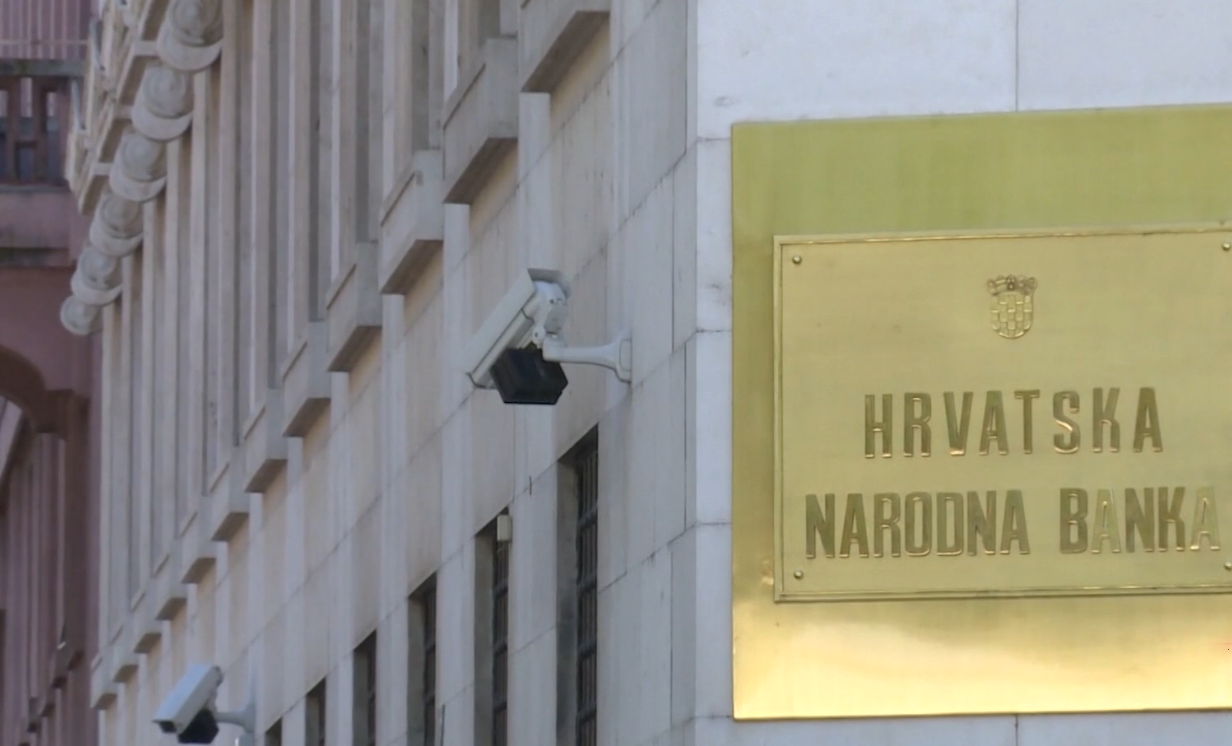
The Croatian economic growth forecast for this year has not changed since the June forecast and stands at 2.9%, but recent trends, including external ones, indicate a strengthening of negative risks, the central bank (HNB) said on Friday.
Economic activity continued to grow relatively strongly in the first half of the year, supported by strong tourist arrivals, higher personal consumption, and investments, but growth could weaken in the remainder of the year, the HNB said in its autumn macroeconomic projections.
Such forecasts partly reflect the slowing down of tourist activity during the summer. After a strong jump at the beginning of the year, a milder growth of personal consumption is expected due to a slower projected growth of real wages and the number of employees.
Investments could intensify due to expectations of a stronger absorption of EU funds than in the first half of the year.
Economic growth risks remain pronounced and negative risks dominate in the short term, whereas medium-term risks seem more balanced.
The negative risks stem from a relatively weak external environment, the ongoing war in Ukraine, and geopolitical tensions whose escalation could result in a marked slowing down of the global economy as well as the economies of the euro area and Croatia.
The accumulated effects of monetary policy tightening could slow down economic activity more than is currently expected. On a positive note, private investment and labour market trends could prove to be more resilient to the monetary tightening effects than is now expected.
The HNB forecasts that in 2024 real growth could slow down to 2.6%. The contribution of investments could be smaller and the higher export of services could slow down given that the levels achieved surpass those before the pandemic.
On the other hand, the picking up of foreign demand next year could boost the export of goods, while personal consumption could continue to grow at stable rates, supported by a moderate growth of real incomes amidst labour shortages and decreasing inflation.
Risks to achieving projected inflation still pronounced
Inflation, as measured by the Harmonised Index of Consumer Prices, increased in August due to higher energy prices, but the HNB forecasts that it will continue to decrease and that after last year's 10.7%, it could fall to 8.8% this year, to 4.7% in 2024 and to 2.4% in 2025.
The decrease in the inflation of energy and food prices contributes the most to the slowing down of inflation this year, but the HNB says that core inflation, which excludes energy and food prices, could accelerate to 9.4% this year.
The inflation of services' prices was high in recent months and this year it could increase more than previously expected, the HNB says, adding that the risks to achieving projected inflation remain very high.
Besides higher energy prices in recent months, the risks to a slower decrease of inflation include a potentially higher growth of food prices due to potentially extreme weather and Russia's withdrawal from the Black Sea Grain Initiative.
Inflation could be higher also in the event of stronger salary growth, notably if profit margins are not reduced, thereby absorbing part of the pressure of wage costs.
On the other hand, weaker demand, stronger effects of monetary policy tightening, and a stronger spillover of falling prices of energy and other raw materials to consumer prices are risks which could reduce inflation below the projected levels.
Employment increase, unemployment decrease trends continue
As for the labour market, the HNB expects employment and nominal and real wages to continue to increase and the unemployment rate to decrease.
The relatively strong employment growth in the first half of the year was mainly due to stronger economic activity in services, notably tourism. For the remainder of the year and the forecast period, the HNB expects a gradual weakening of the momentum in line with projected economic trends.
A relatively mild additional decrease of the unemployment rate is expected, partly due to increasingly strong hiring of foreign workers.
The HNB expects that the surplus in the current and capital accounts could increase considerably from last year and amount to 2.9% of GDP, after which it could start to mildly decrease.
The projected surplus growth this year primarily reflects an expected growth of tourism revenue, a growth of net funds from the EU budget and a reduction of the value of the net import of energy due to a fall in its prices on the world market.
Kakvo je tvoje mišljenje o ovome?
Pridruži se raspravi ili pročitaj komentare



 Srbija
Srbija
 Bosna i Hercegovina
Bosna i Hercegovina
 Slovenija
Slovenija







